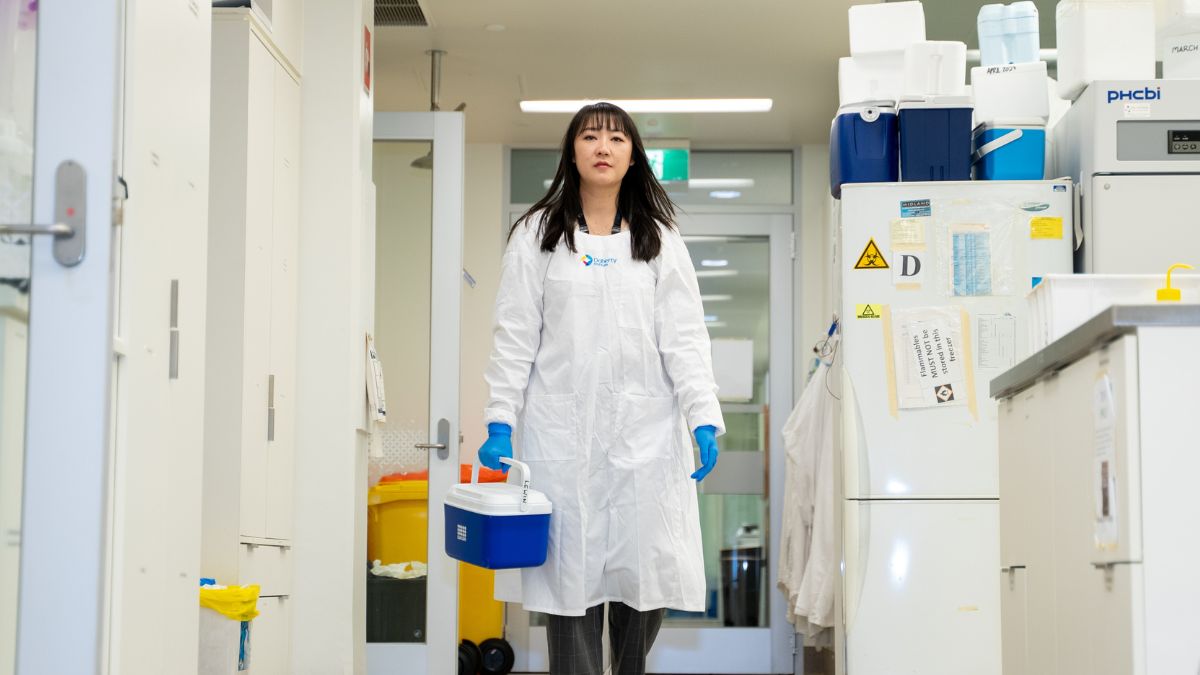The “shock and kill” approach to curing HIV
In what’s called the “shock and kill” approach to curing HIV, Kim is now focusing her efforts in combining a drug to trigger latent HIV to replicate, a so-called “latency-reversing” agent, with a pro-apoptotic drug to first “shock” latent HIV out of hiding and then “kill” the infected cells.
To test the approach, Kim treats blood samples from people living with HIV with the drug combination and compares them to untreated blood samples from the same person. Using the QIAcuity Digital PCR System, she then measures levels of integrated HIV DNA in both treated and untreated samples.
The challenge had been determining whether the drugs are eliminating intact virus. Not all latent HIV is “replication-competent,” Kim explains.
Because the virus mutates so quickly, 90% of HIV DNA is defective and therefore can’t replicate, it is unable to infect CD4 cells. With the drug combination, “you really want to be targeting replication competent intact provirus.” This is made even more difficult by its scarcity. “It’s only a tiny fraction,” she adds. “Only around one in one thousand CD4 cells is infected with latent HIV in people taking ART and only a tiny fraction of that pool contains intact HIV DNA,” she says.
Kim now has optimized her workflow to get more meaningful results and to save time as well. For DNA extraction, for example, she uses QIAGEN QIAamp DNA extraction kits, and QIAGEN AllPrep kits to extract both DNA and RNA. Previously she was using the Allprep kits for DNA extraction too. But she found that the assay tended to inflate the estimated amount of DNA present in her sample. The QIAamp kit for DNA extraction proved more reliable, she says.
Nucleic acids in the samples are then amplified using QIAcuity. “We decided to use QIAcuity for several reasons,” she says. For one, hands-on time is vastly reduced, she explains. “This is because the QIAcuity divides the sample into thousands of partitions in a nanoplate, and does the PCR and imaging steps all in one machine. Other systems require two to three different machines and the time to perform the same experiment is hours longer,” she adds. With QIAcuity, Kim can also include more than two probes in one mixture (dPCR multiplexing), which reduces the amount of nucleic acid required for her experiments.





